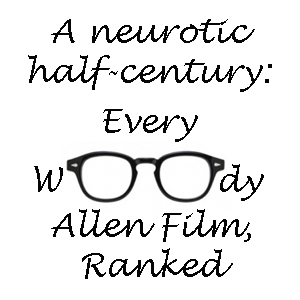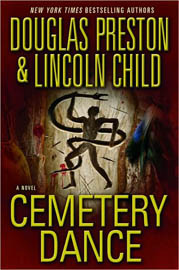I used to describe Douglas Preston and Lincoln Child as “like Michael Crichton, only better.” I now know that’s a simplistic comparison, but it’s still useful. The late, great Crichton’s “Lost World” came out in 1995, and earlier that same year, Preston and Child made their collaborative debut with “Relic.” Crichton’s book was a theme piece about dinosaur society; Preston and Child’s book was a wild ride about — as it turned out — a guy who basically turned into a dinosaur.
With Preston and Child, you get some science, or — especially the case in recent books — some well-researched almost-science. Their 13th collaboration, “Cemetery Dance,” finds the authors delving into zombies, and I liked it a tad better than last year’s “Wheel of Darkness,” which deals with supernatural scrolls or some such. P&C spell it “zombiis.” This is either because they went to the effort to go beyond popular fiction and get to the root of the myth, or because they invented a word to make it seem like they dug deeper. Either way, I was hooked.
Another thing that set P&C apart from Crichton when I read “Relic” was the characters. D’Agosta, the cop so appropriately played by Tom Sizemore in that book’s film adaptation, and Pendergast, the FBI agent — slender, pale, Southern, with a knack for producing evidence containers from his impeccable suit — have become fan favorites. And, in “Cemetery Dance” — and this isn’t a spoiler, because it’s revealed in the jacket’s inside front — beloved reporter Bill Smithback becomes an early victim of the zombiis (a metaphor for the death of print journalism? — only if you’re feeling morbid).
It’s a daring move, but necessary, because we have seen the relationship between Smithback and his wife, archaeologist Nora Kelly, develop in recent books. P&C have an almost personal relationship with their readers (despite being New York Times bestselling authors), and they make the horror personal.
I feel like I’m learning something even as I quickly turn the pages: The setting in a rare (and creepy, naturally) patch of undeveloped Manhattan woods, makes me feel like I’m soaking up a geography lesson. As with the zombii lore, I don’t know how accurate this is. But I do know that P&C love to make research a part of their stories — Pendergast, in his increasingly sprawling New York City house (he has bought up a couple neighboring units since the last book), employs Wren, who goes through old files like Pendergast goes through clues.
The digging for clues — more so than the epic, multi-chapter showdowns that are par for the course in books like these — is why I really dig P&C novels. And sure, there’s something comfortingly formulaic about these books (we can practically call them “the Pendergast novels” now, although he’s absent from four of the 13 yarns). Even Preston and Child’s solo books follow the mystery-adventure formula (with a couple fascinating exceptions, “Jennie” and “The Monster of Florence,” from Preston’s oeuvre).

These guys know how to write death scenes (Smithback gets a fittingly good one), creepy chase sequences (Nora gets pursued through a room full of whale bones in the American Museum of Natural History, a P&C hangout dating back to “Relic”), and they always reserve a key spot for a member of officialdom who is in over his head but relentlessly arrogant — if Pendergast were running the show, rather than honing in on the case, it’d get solved a lot faster.
But they aren’t running short of topics. And, as the denouement of “Cemetery Dance” shows, Pendergast will have another mystery to solve (a particularly personal one, from the sound of things) in the next book, which should come out next summer if P&C follow their like-clockwork publishing schedule.
I’ll look forward to it like a visit from an old friend.

